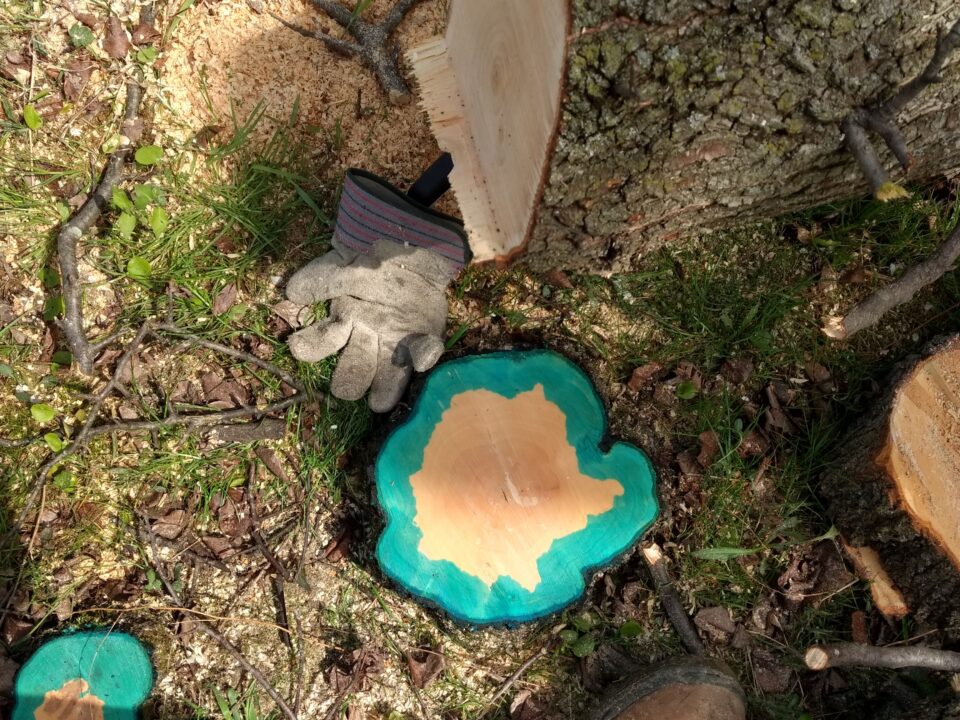Between April 14 and November 4, 2021, our skilled team of technicians removed woody invasive species on a roughly 45-acre area within Rocky Fork Metro Park. Targeted species included Callery Pear (Pyrus calleryana), Autumn Olive (Elaeagnus umbellata), Bush Honeysuckle (Lonicera maackii), Multiflora Rose (Rosa multiflora), Privet (Ligustrum spp.), and Tree-of-Heaven (Ailanthus altissima). Initial site management was completed in the spring using a cut-stump method to fell the largest trees and shrubs in the project area. Chainsaws were utilized for larger specimens, and a brush-cutter was employed to efficiently raze small and medium sized vegetation in dense clumps. Cut stems were treated using a mix of the aquatic-approved triclopyr product, Garlon 3A, as well as an aquatic-safe, non-ionic surfactant and blue tracker dye. This herbicide mix […]





